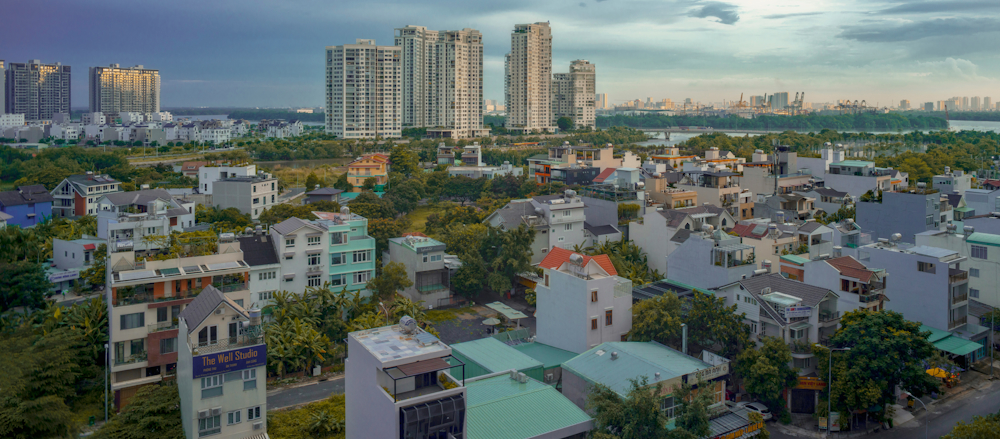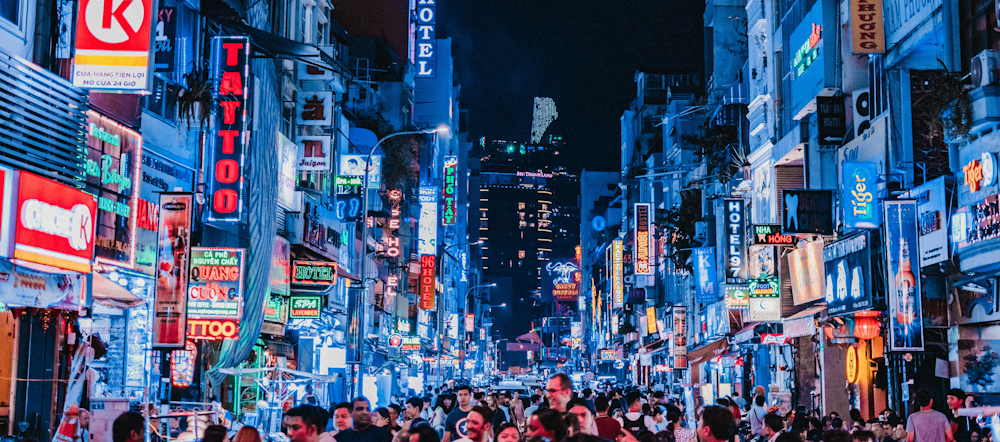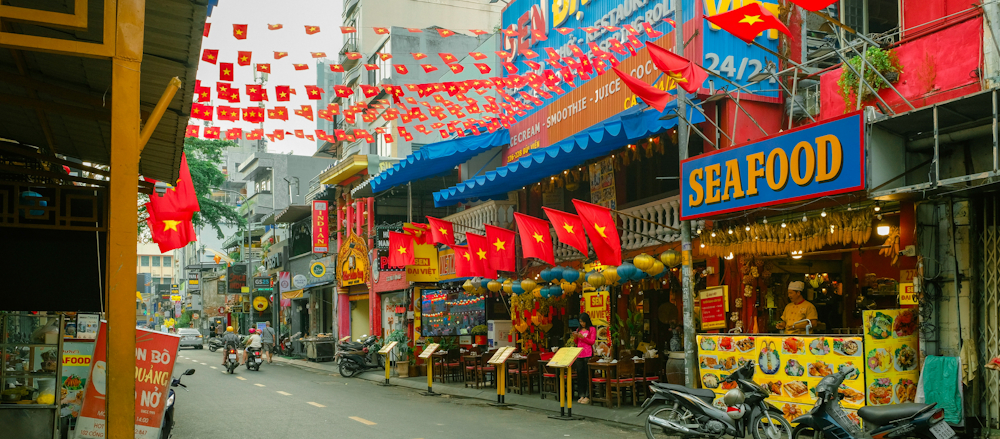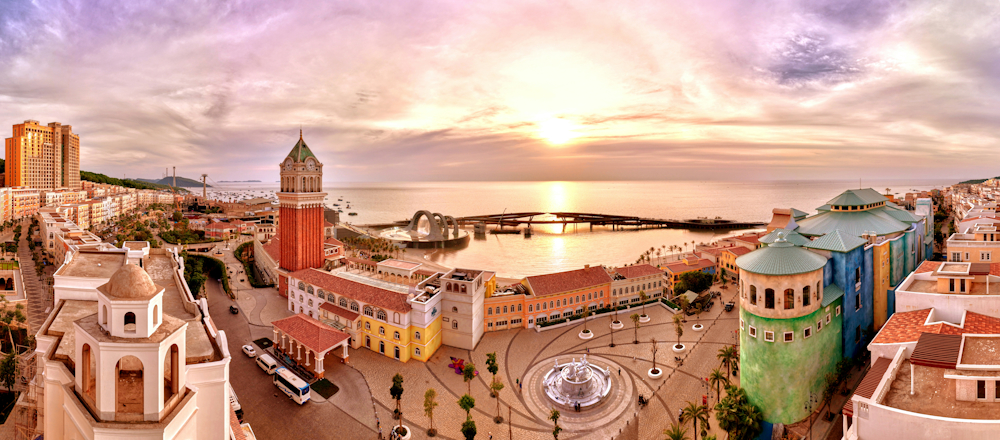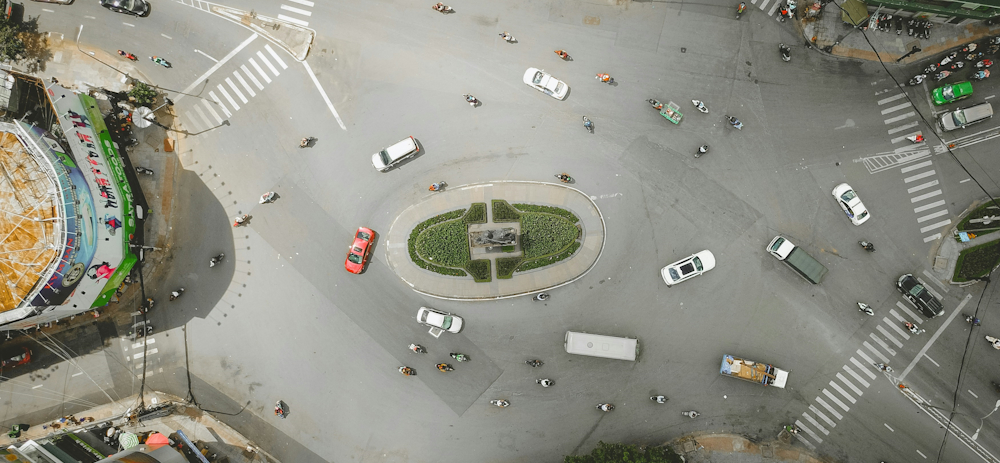Living in Ho Chi Minh City as an expat
Moving to Ho Chi Minh City, previously known as Saigon, means relocating to Vietnam’s largest city and an important regional seaport. Living here as an expat offers plenty of opportunities. While salaries in Vietnam may not be as lucrative as in the Middle East or Europe, workers on expat salaries can still enjoy an excellent quality of life and may even be able to afford occasional getaways.
The city displays fascinating intersections, and you’ll find yourself moving among traditional street vendors in modern business districts. Despite its rapid development, it maintains its unique character that makes it an attractive option for many international residents.
Ho Chi Minh City is a place of contrasts, where French-colonial architecture can be seen alongside high-rise buildings and skyscrapers, and traditional markets sell their wares right across the road from busy shopping centres housing the latest in designer goods. With its tropical climate and cosmopolitan population, Ho Chi Minh City is an easy home away from home for many newcomers.
Working in Ho Chi Minh City

Diverse opportunities across various sectors await expats working in Ho Chi Minh City, from finance and technology to education and hospitality. As Vietnam’s economic heart, HCMC is an ideal base for furthering your career. Plenty of international companies have cultivated presences here, and there’s a demand for skilled professionals across a range of industries.
You’ll find that networking within the expat community can be particularly valuable for career advancement and job opportunities.
Work Opportunities in Ho Chi Minh City
Lifestyle in Ho Chi Minh City
An extensive variety of experiences defines the lifestyle in Ho Chi Minh City, from luxury shopping malls to small local markets. You’ll have countless dining options, whether choosing to sample some of the famous Saigon pho from a street corner or eating at high-end restaurants. With so much choice in terms of dining, shopping and entertainment, the city caters to diverse tastes and budgets.
The social scene thrives with numerous cafés, rooftop bars, and cultural venues where you can meet fellow international residents and locals alike. Most expats rate the culture and nightlife here very positively.
Lifestyle in Ho Chi Minh City
Weekend Breaks in Ho Chi Minh City
Finding accommodation in Ho Chi Minh City
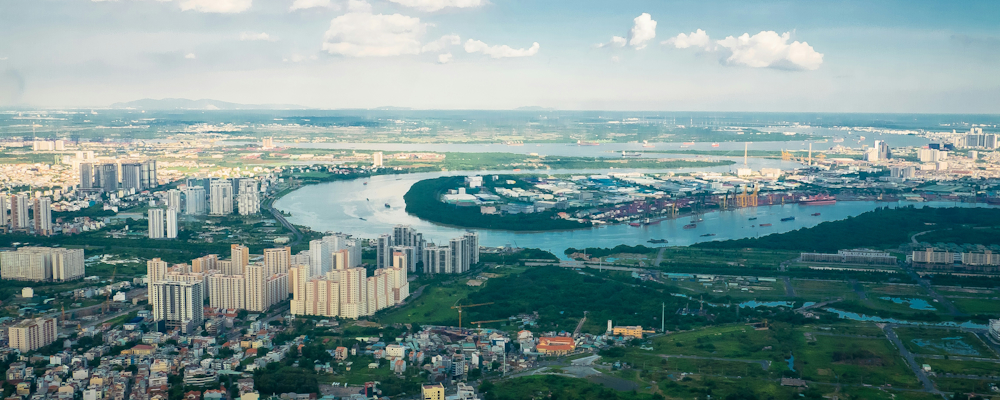
Varied options to suit different needs and budgets make finding accommodation in Ho Chi Minh City straightforward. Expats are likely to find something that works for them, from modern apartment complexes to traditional Vietnamese houses. Thousands of new housing units are being added annually, making it easy to find property within the city.
The rental market caters well to international residents, with many properties offering Western-style amenities and furnishings. Popular areas for expats include District 1, District 2’s Thao Dien neighbourhood, and District 7.
Accommodation in Ho Chi Minh City
Best Places to Live in Ho Chi Minh City
Cost of living in Ho Chi Minh City
The cost of living in Ho Chi Minh City is reasonable despite its status as Vietnam’s financial capital. Local goods are cheap, and while imported Western goods are more expensive, they are readily available. Your day-to-day expenses will likely be significantly lower than in most Western cities.
Private healthcare is likely to be your largest expense, as the standard of public health institutions varies throughout Vietnam. It’s recommended that you secure extensive health insurance to access Ho Chi Minh City’s excellent private healthcare facilities.
Cost of Living in Ho Chi Minh City
Healthcare and Hospitals in Ho Chi Minh City
Living in Ho Chi Minh City with children
There are numerous advantages awaiting families moving to Ho Chi Minh City with children, particularly due to the city’s large international community. If you’re moving here with kids, rest assured that family life won’t be limited. There will be plenty for your family to see and do during leisure time owing to the abundance of natural landscapes, historical sites and parks in the city.
The expat community in Ho Chi Minh City is well established and family friendly, so it’s easier than in some destinations to connect with other international families.
Finding a school in Ho Chi Minh City
Thanks to the city’s large international population, finding a school in Ho Chi Minh City won’t be challenging. The city hosts a number of exceptional educational institutions specialising in a variety of foreign curricula, including American, British, French and German options. International schools here consistently achieve strong academic results, with many offering additional language programmes and extracurricular activities that cater specifically for the international student community.
Education and Schools in Ho Chi Minh City
International Schools in Ho Chi Minh City
Getting around in Ho Chi Minh City
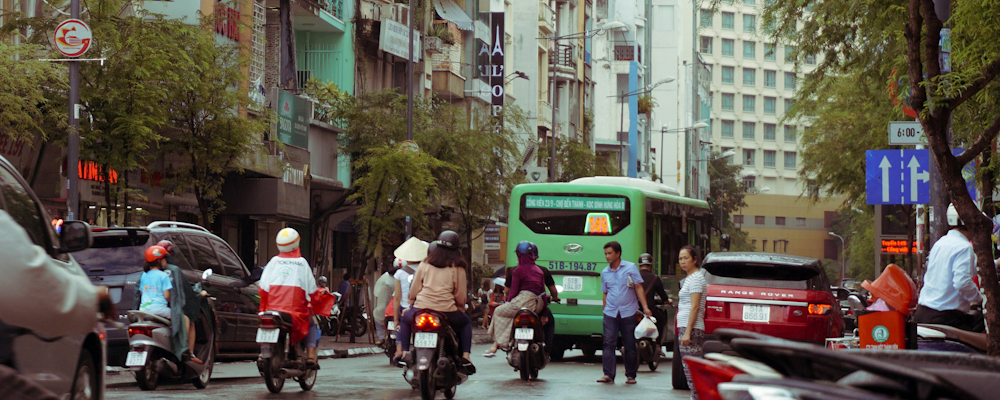
Transport is a big topic when getting around in Ho Chi Minh City, and simply crossing the street is a skill that you’ll need to learn quickly. The city’s new metro system provides a modern alternative to the traditional bus network. While the bus system exists, it can be difficult to use unless you make the effort to learn a little Vietnamese.
Taxis and ride-sharing services can be cheap and safe, provided you use reputable companies. There are also many motorbike taxi drivers ready to speedily transport brave passengers around the city. With over eight million motorbikes on the roads, traffic can be intense, but you’ll quickly adapt to the local rhythm of movement.
Getting Around in Ho Chi Minh City
Climate and weather in Ho Chi Minh City
Typical Southeast Asian patterns define the climate and weather in Ho Chi Minh City, with humid and moderately hot conditions year-round. The monsoon season (May to October) brings a long rainy season and increased levels of humidity. The rains actually help improve air quality by washing away pollutants.
Despite having a fair amount of noise and air pollution, Ho Chi Minh City offers you a life full of charm, pleasant surprises and friendly locals. This energetic meeting point between East and West makes moving to Ho Chi Minh City an exciting experience, offering much to discover and enjoy.
